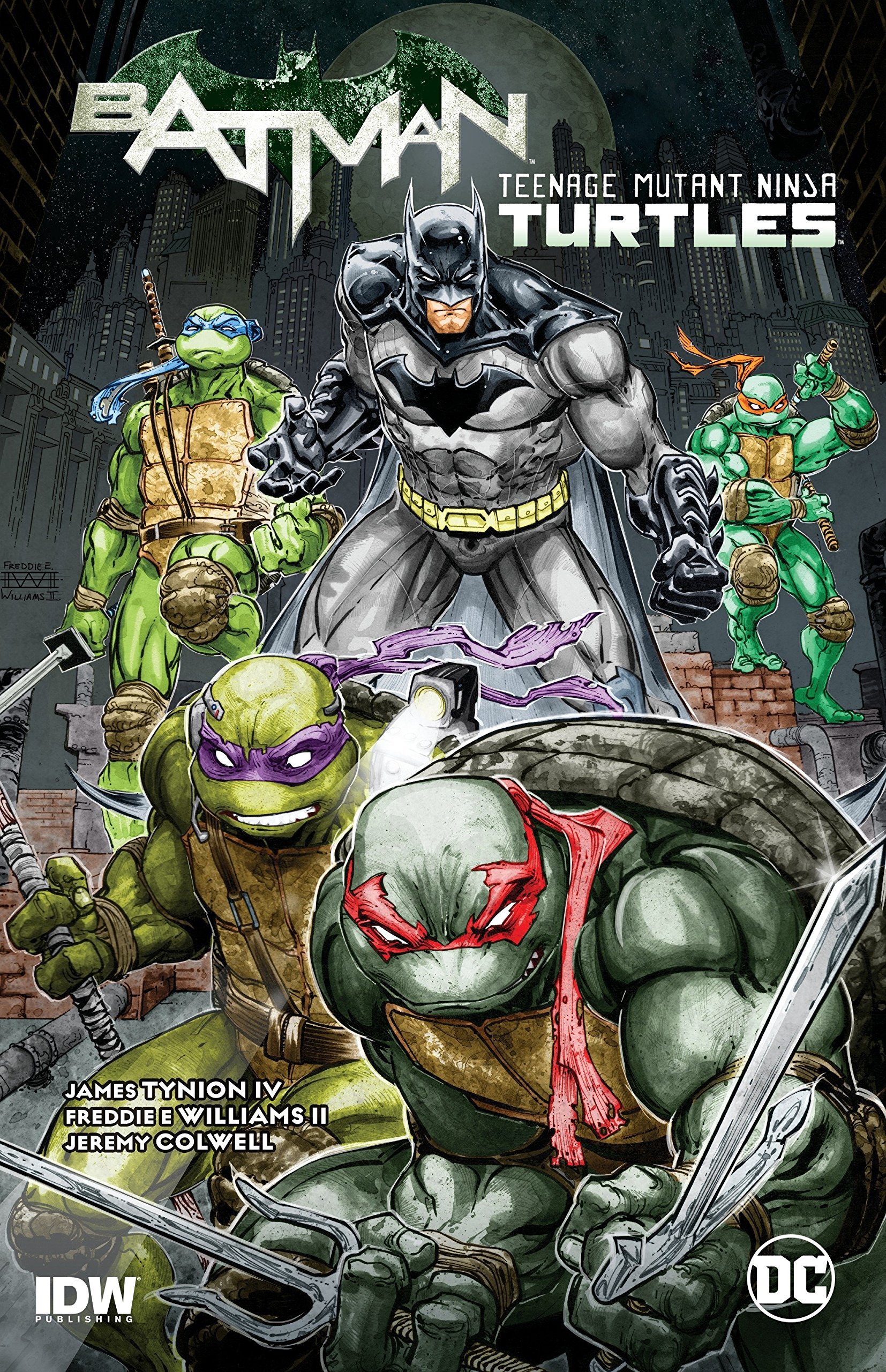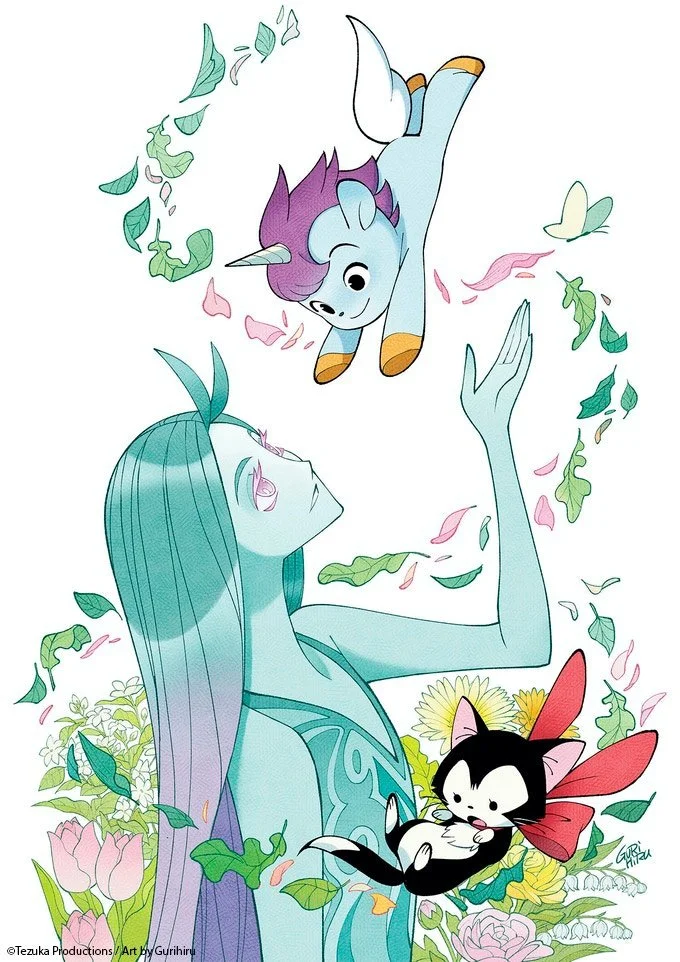The Man Without Fear...By The Year: 1964
Daredevil is one of Marvel’s signature comics. While not as prominent as Spider-Man or X-Men, Daredevil has continuously published since its debut, serving as a platform for the career-highlights of a long list of industry titans, including Frank Miller, Ann Nocenti, Brian Michael Bendis, Ed Brubaker, Mark Waid, and more. Today, we’re launching a new series looking at Daredevil year by year, through Silver Age shenanigans to Bronze Age reinventions and beyond. Welcome to The Man Without Fear, By The Year, a granular take on writing about Daredevil, while also looking at the book’s role in the evolving nature of mainstream comics storytelling.
By Bruno Savill De Jong — It’s 1964. The first Civil Rights Act is passed and Muhammed Ali (then Cassius Clay) wins the World Heavyweight Championship. People are listening to “I Want to Hold Your Hand” on the radio, watching Mary Poppins on TV…and reading Daredevil comic books.
Daredevil - 1964 - The Beginning
Written by Stan Lee (#1-5)
Illustrated by Bill Everett/Steve Ditko (#1), Joe Orlando (#2-4), Wally Wood (#5)
Inks by Bill Everett/Steve Ditko (#1), Vince Colletta (#2-4), Wally Wood (#5)
Colors unknown/unlisted
Lettered by Sam Rosen (#1-5)
“Remember when we introduced Spider-Man?” inquires the cover of Daredevil #1, the book and the character’s inaugural issue. Matt Murdoch is often compared to his fellow street-level, Stan Lee-created, superhero Spider-Man, with Daredevil’s debut year emphasizing the parallels between the two — including Daredevil’s first supervillain (in Daredevil #2) being the regular Spider-Man foe, Electro — and the responsibility of a double-life. Although the two are hardly unique for Stan Lee characters whose powers double as burdens — something afflicting the X-Men, the Hulk, and Fantastic Four’s Thing, the latter of which also bursts into Matt Murdoch’s offices in issue #2 (literally breaking the door) to hire them for the FF’s lease. Something Matt ultimately loses due to being busy defending their home as Daredevil.
Daredevil’s conceit is, of course, that being blinded by radioactive substance also radically enhances Matt’s remaining senses. It’s one of the purest expressions of a Marvel Hero’s “flaws” doubling as their strength, even if they prevent them from leading a clean-cut “normal” life. Indeed, Matt repeatedly rejects the offers of his new secretary, Karen Page, of going for a potential eye operation, concerned it might rob him of his “enhanced senses” and explaining “I’ve learned to live with my affliction.”
In many ways, the Daredevil alter-ego provides a completion to Matt Murdock’s life. The moniker was used to mock young Matt when he stayed inside and studied (at the behest of his dad, boxer “Battlin’ Jack Murdock,” to get an education), but now he proudly exhibits it when hunting down criminals (the daring intensified by his blindness, unknown to his assailants and supporters). Plus, it’s a way of avenging the murder of his father (killed for refusing to throw a match) without precisely breaking his vow to “never become a fighter, never depend on strength, the way dad did!” In a sneaky legal loophole – Matt is a lawyer after all – he explains how he’ll “see to it that Matt Murdock never does resort to force…but somebody else will…! Somebody totally different from Matt Murdock”, and that when he dons the Daredevil costume, he will “no longer be Matt Murdock.” While as a civilian lawyer Matt is calm and composed brains, as Daredevil he can be brutal brawn.
The dual-sides of Matt Murdock also arise from him being a defense attorney, as he is initially hired to defend both the Owl (in Daredevil #3) and the Purple Man (in Daredevil #4). Matt monologues to himself how “every man is entitled to a lawyer! If we attorneys refuse to help accused people because we think they’re guilty, then we’re judging them without trial!” Although he also admits to wanting to keep tabs on the Owl. Matt uses his reputation as a lawyer to lure the Matador (in Daredevil #5) into a trap, claiming the Matador actually is Daredevil, with the shadowed outline of Daredevil appearing behind him. And the letter of the law also plays an important part in #Daredevil 4 — probably my favorite issue of 1964 — when Matt realizes the Purple Man hasn’t “technically” broken any laws, since his super-powered mind control makes people obey anything he asks.
In his first five issues, Daredevil faced powerful criminals with oddly petty goals. His father was killed by the Fixer, a gangster who built up Battlin’ Jack’s rep so he could cash it in, and murder’s Jack when his pride (particularly with his son in the audience) gets in the way. The Owl is also a corrupt “financial wizard” who frames his accountant, and cackles as he defies his court summons, enjoying the freedom of criminality without yet grander plans. Similarly, the Purple Man has vague aspirations for world domination, but primarily uses his mind-control to rob a bank (not that he needs money) and occupy the Ritz Plaza Hotel.
Likewise, the Matador’s whole modus operandi is showboating for its own sake, robbing a safe in the middle of a costume party and a burglar alarm factor due to their “audacity.” Even as Electro steals “the secrets of Mr. Fantastic,” he admits “I can’t understand them, but they’ll be worth a fortune to any foreign power I contact.” Daredevil’s first villains are not quite world-conquerors, but instead it’s men without humility who battle the “man without fear.”
And Daredevil isn’t unbeatable. Often the villains are able to escape from him, plunging Daredevil’s into crowds he must navigate around. On the one hand Daredevil is adept at navigating these crowds, his senses locking onto the individual scents, like Fixer’s thugs’ “cigar smoke” or the Owl’s “unusual hair tonic.” But, on the other hand, crowds are turned against Daredevil, such as the Purple Man commanding them to attack him. Or, more intrinsically, the commotion at #Daredevil 5’s party distorting his “radar sense.” Daredevil can function beyond ordinary people, but becomes overwhelmed when mixed up amidst them.
The same is true of the flourishing love-triangle between Karen, Matt, and his best friend (and law partner) Franklin “Foggy” Nelson. Karen has an interesting dual-infatuation, being nurturing towards the “handicapped” Matt (wanting to “take him in her arms”) and smitten by the swashbuckling savior Daredevil (who already saves her multiple times in 1964). For his part, Matt also adores Karen but distances himself first out of denial (thinking “how could she ever be interested in me?”) and later out of sacrifice for Foggy, who has grown so attached to Karen in this first year he’s already about to propose to her (even if he ultimately doesn’t pop the question yet). The whole thing is classic Comics Melodrama, with panels straight from a vintage Romance Comic as Matt holds his head, thinking “my best friend… my partner…wants to marry the same girl as I do!” and how he’s “destined to always be… a loner!”
But Daredevil’s first year is balanced out by plenty of action, as he acrobatically leaps through New York City. Daredevil was made using the Marvel Method, where the illustrators create the panels from a general plot outline, before the writer fills in the captions and dialogue. This works curiously well in Daredevil, since Stan Lee can include explanations for Daredevil’s daring feats (i.e., how he “hears” a rustling flagpole to grab onto it) after-the-fact. It means Daredevil’s inner-monologue during transportation is “present” and “active” in a way that makes us empathize with his headspace, even as he performs unimaginable acts that he himself wouldn’t dare if he could see.
Stan Lee, Steve Ditko and Bill Everett all worked together on Daredevil’s first issue (with alleged design input from Jack Kirby), and it contains distinct Silver Age stiffness, which mostly works for the depiction of Fixer’s thugs and the oafish but kind “Battlin’ Jack,” who promises his son won’t be “an uneducated pug like me!” The middle issues from Joe Orlando are darker and more menacing. But 1964 ends with Wally Wood taking over the artwork, delivering a crisp agility that conveys Daredevil’s majestic leaps and stunts.
It’s also in Daredevil #5 that our hero first gets two overlapping Ds on his chest, instead of a single one. This is the early days of Daredevil’s “yellow” costume, and Daredevil leans towards a circus/trapeze persona instead of a more devilish motif. Curiously, Daredevil #3 introduced Matt sewing a red exterior pouch to carry his civilian clothes in, but the very next issue has it grabbed and ripped off, making Matt dismiss the whole idea. Essentially, during its inaugural year Daredevil is still working out the kinks of its aesthetics and concepts, but much like Matt Murdock’s own rigorous training, it creates a set of very solid foundations for fresh adventures.
Check out Bruno Savill De Jong’s last regular series, Gotham Central Case by Case!
Bruno Savill De Jong is a recent undergraduate of English and freelance writer on films and comics, living in London. His infrequent comics-blog is Panels are Windows and semi-frequent Twitter is BrunoSavillDeJo.












